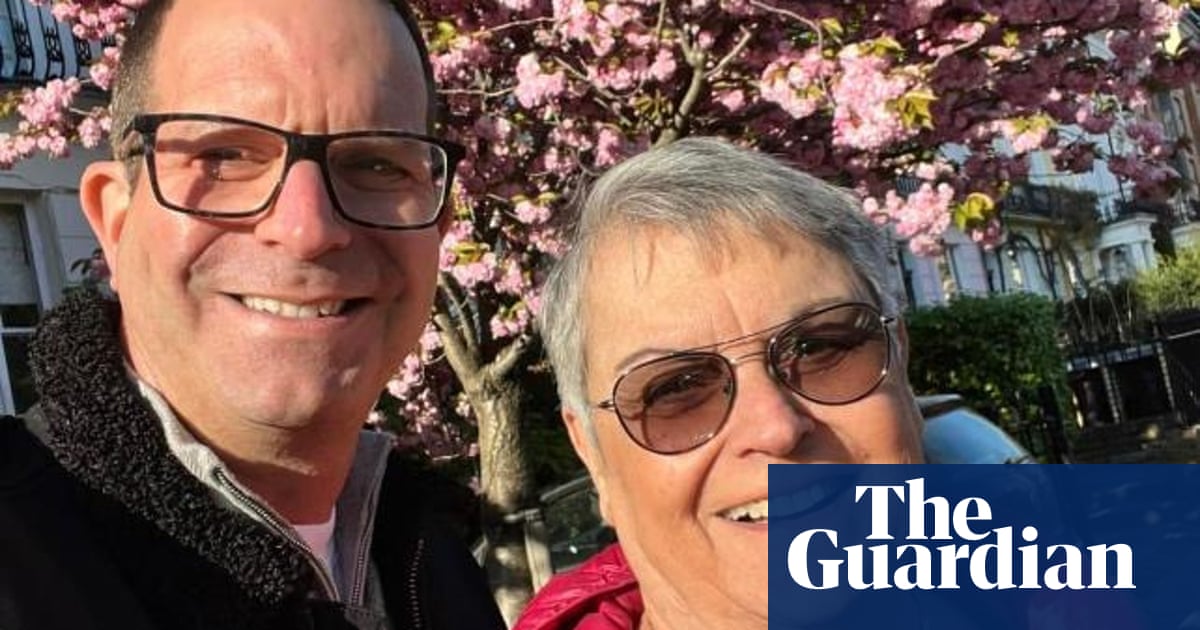
A bronze bust of the “mad and bad” Roman emperor Caligula has been found 200 years after it disappeared – and 2,000 years since it was cast. It had been gifted in the mid-18th century to Horace Walpole, the writer, aesthete and Whig politician, who designed his own gothic home, Strawberry Hill, in Twickenham, south-west London.
After his death in 1797, the 13cm (5in) high bust had several owners, and was even thought, in the 19th century, to be of Alexander the Great rather than Caligula. Now, after 10 years of detective work, Dr Silvia Davoli, a curator at Strawberry Hill, has rediscovered the bust and had it confirmed by top experts as of Caligula. The breakthrough came when Davoli matched a drawing, which Walpole had commissioned in the 1780s of the bust, with a bronze stored in the private art and antiques collection of the Schroders investment company. “They had no idea it was Caligula,” says Davoli. “I was so happy when I finally saw the bronze and made the link.”
Caligula – meaning “little boot”, a nickname given to him as a youngster – became the third Roman emperor in AD37, aged 24. He was widely regarded as a spendthrift and a sexual deviant; there were rumours of incestuous relationships with two of his older sisters. Caligula loved his horse Incitatus so much that he kept it in a marble stable and considered making it a consul. In the end, Caligula was murdered by his own Praetorian Guard after just four years as emperor.
Nonetheless, several tiny bronze busts of him were made during his reign, which could be carried around and used for worship. It is thought just a handful of these still exist, including two in New York’s Metropolitan Museum of Art and another couple in private hands.
Walpole was said to have been thrilled to have received the bust from Horace Mann, the British ambassador to Italy. Mann claimed it had been rescued from the ruins of Herculaneum after the eruption of Vesuvius. “I had found some letters about the gift in our Strawberry Hill archive between Walpole, Mann and the Duke of Elbeuf, who did the Herculaneum excavation in the mid-18th century,” says Davoli. “That was my starting point.”
Her search then took her to the Lewis Walpole collection at Yale University. “There I came across the sketch that Horace Walpole had commissioned the noted artist John Carter to draw of his bronze.”
But she had no idea where the bust itself was. After more digging Davoli discovered that, after Walpole’s death, it had been passed through his family before being bought by various collectors and then, in the 1890s, by Sir John Henry Schroder. But there was no invoice as proof of purchase or details of provenance. In fact, Schroders have long presumed it was a 15th-century bust of an unknown young man.
Late last year Davoli was perusing the Schroder Collection inventory for an exhibition at Strawberry Hill on treasure hunting. “By chance, I saw this page with what looked like Walpole’s bronze. Wow!” The bust was taken to Rupert Harris, the London metal conservator specialist, who said the bronze composition tallied with 2,000-year-old objects.
In the past fortnight, Dr Dietrich Boschung, an expert on imperial Roman iconography, has been shown photos of the bust. “I’m convinced it is Caligula,” says Boschung, from the Institute of Archaeology at the University of Cologne. He points to silver inserted into the eyes of the bust – a practice common for emperors. Boschung also believes the Herculaneum connection is very plausible. “Around that time, many Roman bronzes were found there.”
Caligula may have been vilified in his lifetime, but he has been a source of intrigue and inspiration for writers, film-makers (portrayed on screen by John Hurt in the BBC drama I, Claudius and by Malcolm McDowell in the 1979 film, Caligula) and composers. Now, he will take centre stage at The Art of Treasure Hunting exhibition opening at Strawberry Hill House on 28 June. Small, perfectly formed and, finally, home again.












